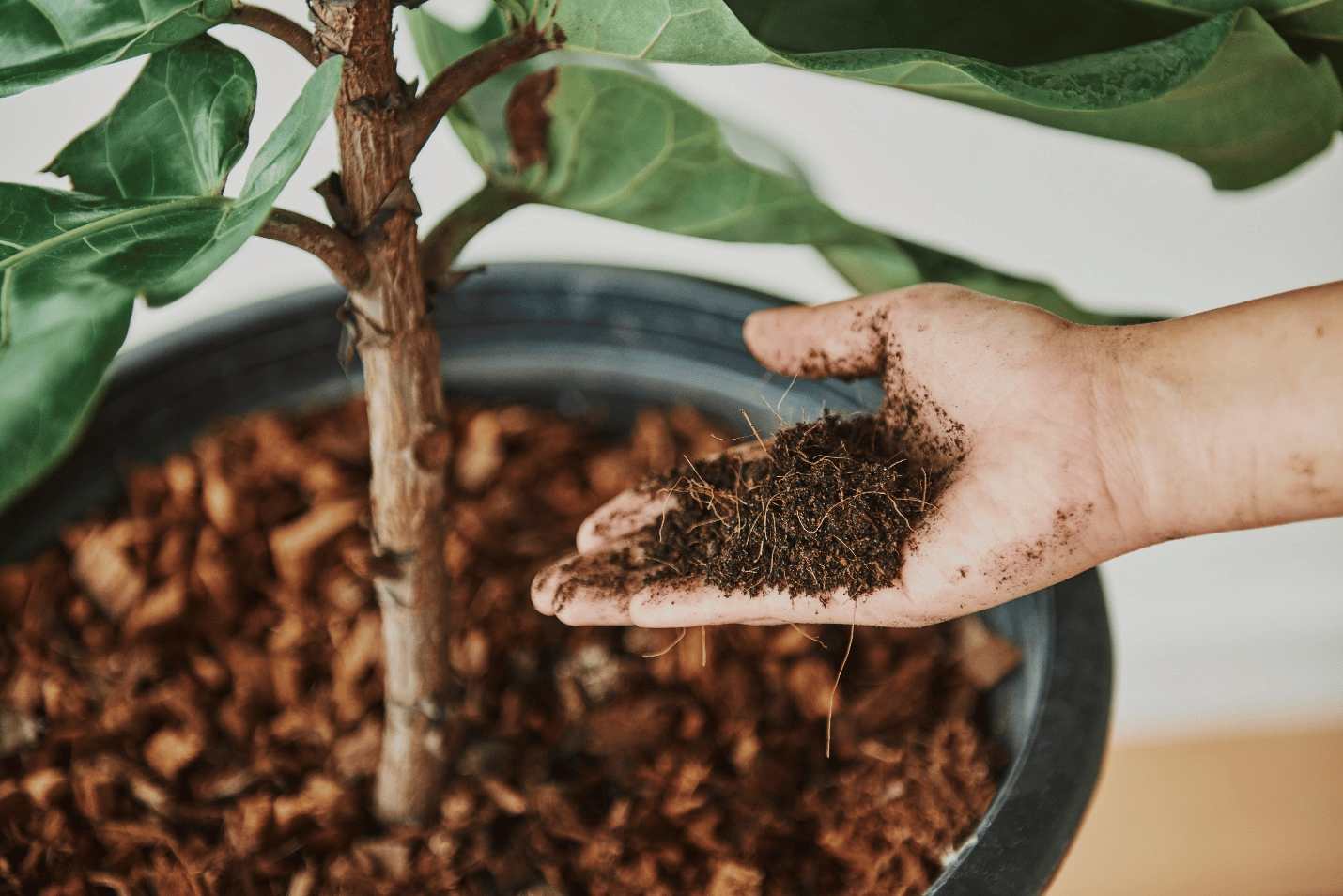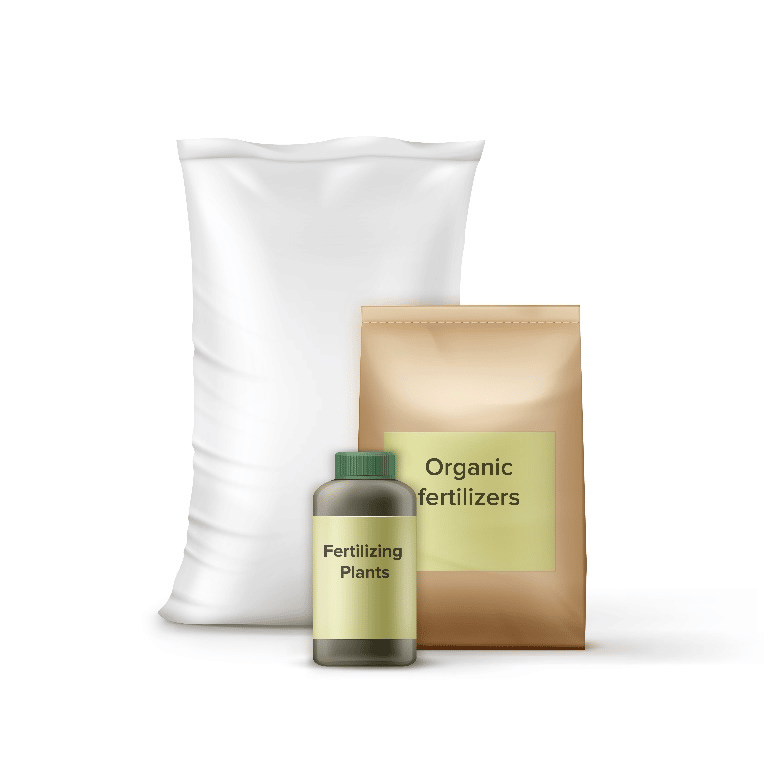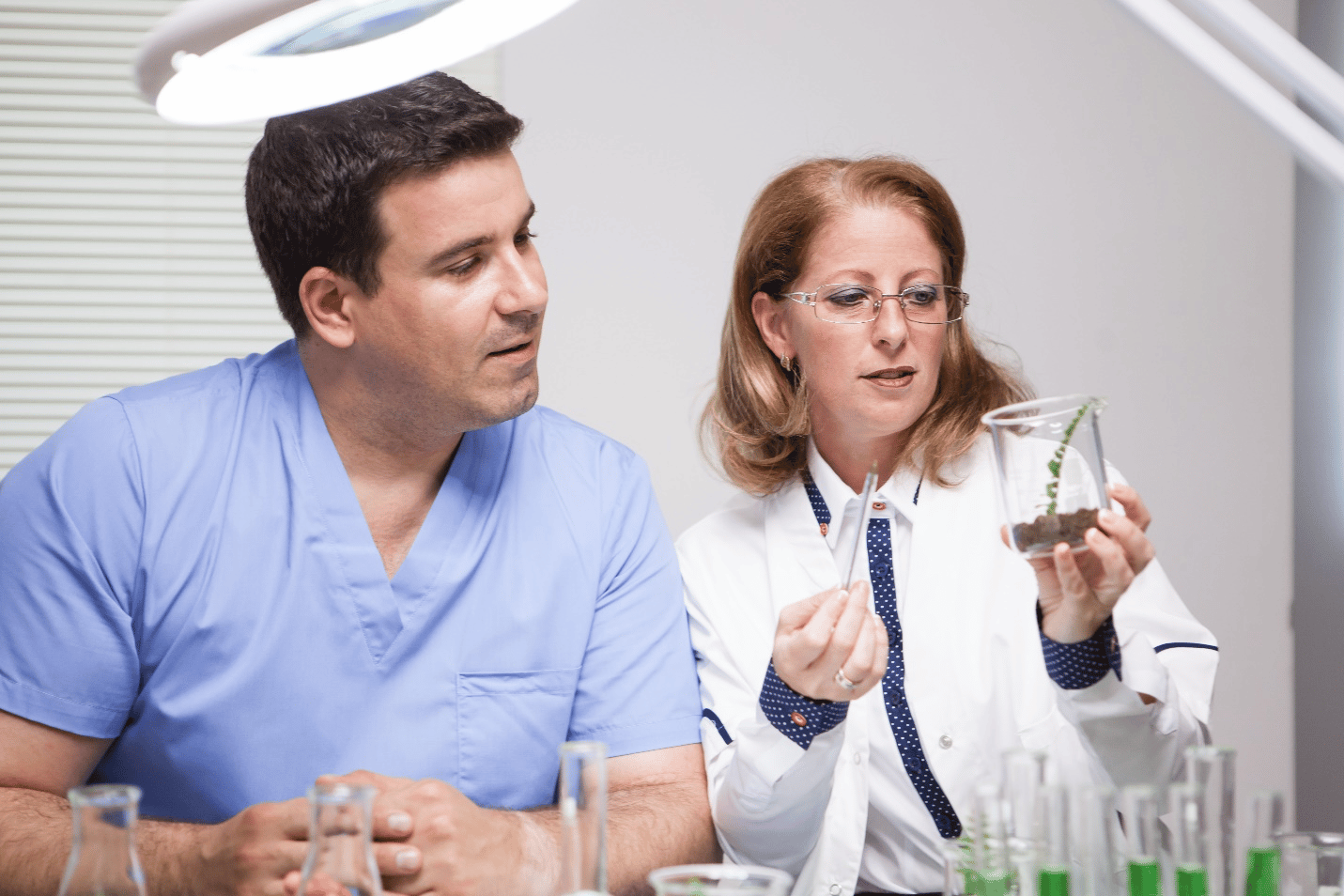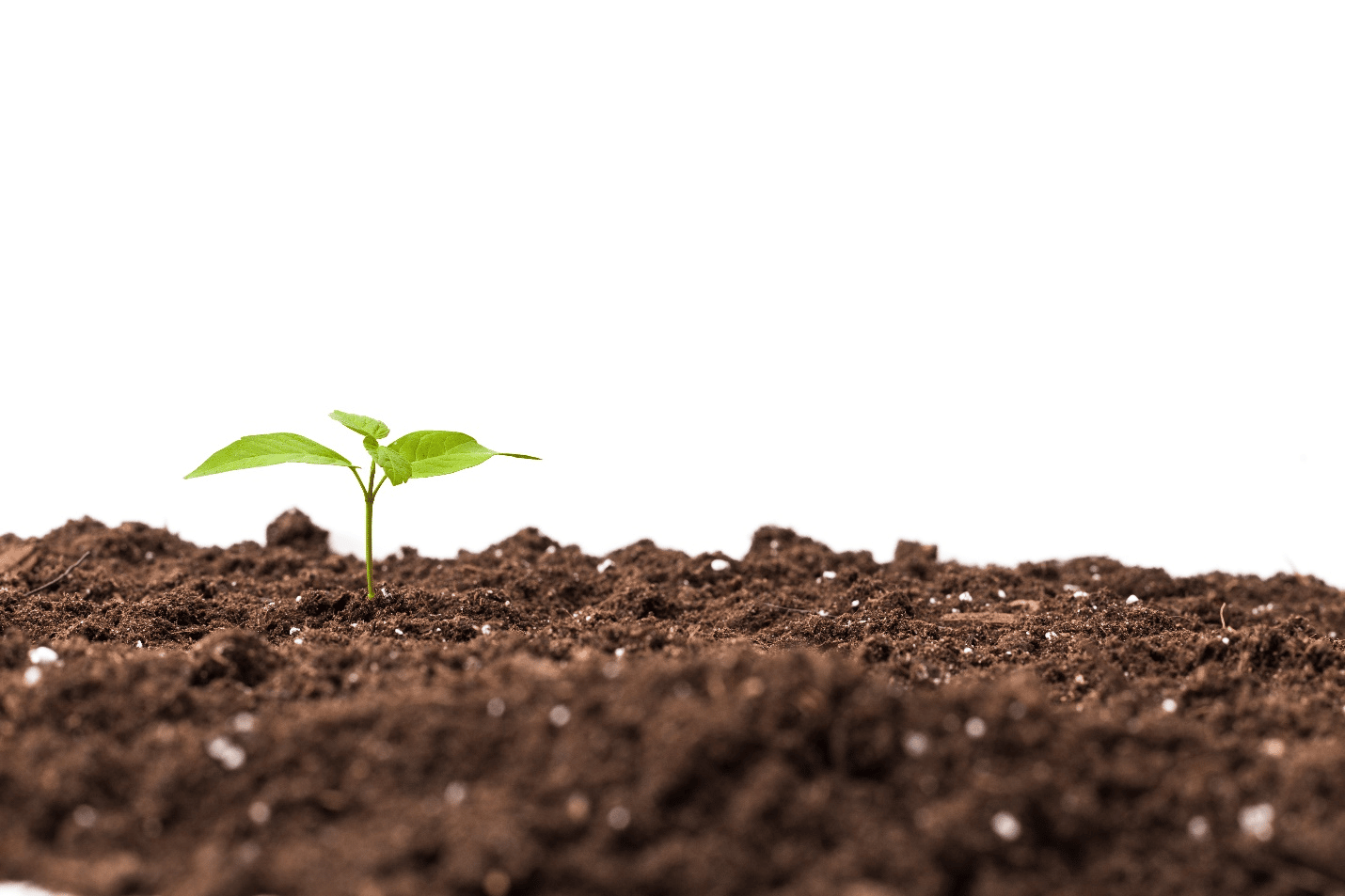

Slow-release fertilizer for potted plants releases nutrients into the soil gradually. It allows the plant to take up the nutrients when needed. This article highlights all you need to know about slow-release fertilizers.
Slow-release fertilizers gradually provide plants with necessary nutrients over an extended period. They can be organic or synthetic and are designed to release nutrients steadily.
Most slow-release fertilizers have a plastic resin or sulfur-based polymer coating, which breaks down under exposure to sunlight, heat, or water.
Quick-release fertilizers can cause damage to plants if not used properly, as they can be over-applied or not diluted correctly, resulting in “fertilizer burn.” Rain or watering can easily wash them out of the soil.
On the other hand, slow-release fertilizers reduce the risk of burning and stay in the soil for longer, providing a more consistent and steady supply of nutrients to plants.
Ensure the fertilizer contains the nutrients for your plants, such as nitrogen, phosphorus, and potassium.
Look for a fertilizer that releases nutrients at a consistent rate over some time. Most slow-release fertilizers are labeled with a percentage of the total nutrients immediately available, and the rest will be released over time.
Slow-release fertilizers can come in different forms, such as granular, powdered or liquid. The form you choose will depend on your application method.
Not all fertilizers are suitable for all plants, so choose a fertilizer appropriate for your growing plants.
Slow-release fertilizers can either be organic or synthetic. While organic fertilizers are made from natural materials, synthetic fertilizers are chemical-based. Consider your preference and what best suits your garden needs.

Organic fertilizers comprise manure and compost. They also have products derived from animals, such as feather meals, bone meals, and blood meals. They break down gradually, allowing the plant to absorb the nutrients.
Another common type of slow-release fertilizer for potted plants is pelletized coated fertilizer. They have a plastic shell or sulfur-coated urea that breaks down over time, releasing nutrients into the soil.
Some fertilizers may contain ingredients that are harmful to the environment. Consider the impact of the fertilizer on the environment before making your final decision.
There are several slow-release fertilizers, among them:
CRF, or controlled-release fertilizers, use a built-in mechanism to slowly-release nutrients over time rather than relying on environmental factors in the soil. It makes them a useful option for people who need to provide their plants with a steady food supply over a specific period.
Although not as widely used as fast-release liquid fertilizer, water-soluble slow-release nitrogen fertilizer is an option for those looking for a more gradual release of nutrients. These liquid formulations release nutrients at a slower rate than typical water-based fertilizers.
Granular fertilizer is a type of water-insoluble fertilizer that is available as granules or pellets. It releases nutrients slowly over time. The solid structure of the granules or pellets helps prevent leaching, which is the loss of fertilizer because of runoff during watering or rain, by keeping them in the soil.
Supplementing your plants with magnesium can improve the chlorophyll in their health. This mineral helps in the photosynthesis process.
Calcium helps plants grow strong and durable leaves, fruits, and flowers. Although it is not a primary ingredient in most fertilizers, it is often included in fertilizer mixtures.
Nitrogen is one of the most commonly used fertilizer ingredients, coming in different forms, such as ammonium nitrate and methylene urea. Nitrogen is essential for the growth and health of plants.
Potassium and potash, rich in potassium, can help plants resist pests and diseases. A proper level of potassium in fertilizer can improve the longevity of plants.
Phosphorus is a vital plant mineral. It aids the potted plant at every phase of its life, from seed, germination, root formation, and gradual growth.
First, you should consider the plant you are applying the fertilizer on. For example, avoid using lawn fertilizer on a hydrangeas and rhododendrons flower bed. As such, you should seek fertilizer suited for the specific plant.

You can use an at-home testing kit to determine the nutrient content of your soil or send a sample to the agricultural department of a local university for testing. Review the results to find out if the soil naturally has high nitrogen, phosphorus, or potassium levels.
If the potting mix is high in a specific nutrient, you shouldn’t use fertilizer containing the nutrient. You can buy a test kit from your local store.
Choose slow-release fertilizers made with plant, animal, and mineral ingredients. For an environmentally friendly option, consider fertilizers that include fish emulsion and blood meal. And since it comes in water-insoluble pellets, they won’t dissolve when they come in contact with water.
Synthetic fertilizers are chemical-based and may include urea and ammonium nitrate. They work more quickly than organic fertilizers but also have a higher risk of causing damage to plants and vegetation. If possible, avoid them.
Look for a label on the fertilizer bag displaying three numbers separated by dashes. These show the fertilizer formula’s proportion of nitrogen, phosphorus, and potassium. Generally, most slow-release fertilizers for potted plants have the standard 3-1-2 ratio. Where possible, look for a fertilizer intended for the specific potted plant.
Before buying a fertilizer, check the label to see the product’s duration to provide nutrients to your potted plant. Choose between 3-to4-month and 5-to-6-month fertilizers, depending on the type of the plant. Research shows that slow-release fertilizer can take up to 18 months to release all nutrients.
Here are the most common signs of over-fertilization.
Removing the fertilizer on the plant or topsoil will stop further over-fertilization if you can see the fertilizer on the plant or topsoil. In addition, if the fertilizer salts have formed a crust (usually white), it also needs to be removed.

Leaching helps move the plant fertilizer from the plant’s root system. It helps prevent further overfertilization, permitting the roots to heal. If possible, use distilled water.
Allow the water to drain out the bottom. Repeat the process four times for optimal results to ensure excess fertilizer is washed away through the drainage holes.
Use a pair of scissors to cut off damaged leaves. It helps with the plant’s future health and prevents the accumulation of pests.
If possible, repot your plant after leaching soil in the old container. Repotting will help the roots heal, allowing the plant to rejuvenate.
Slow-release fertilizers for potted plants are no doubt better than conventional ones. They allow the plant to absorb the nutrient gradually while saving you time, labor, and time. Choose the right plant fertilizer based on the type of potted plant.
